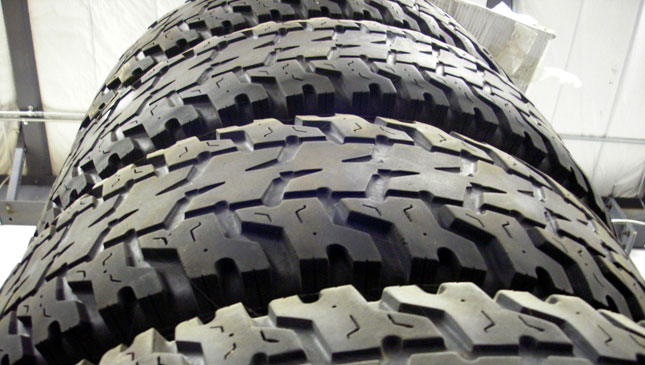
If a vehicle changes its tire size, will the odometer reading still be accurate? I'm curious because if two wheels with different diameters are rotating at the same speed, won't the larger wheel travel further? Thanks!
Jonah Bryan Santos Laquihon
Hi. You're correct that a wheel and tire combination with a bigger outside diameter will travel a longer distance for each complete revolution. This is why you don't want to install two tires with different outside diameters on the same axle, particularly on the driven axle. It will cause unnecessary wear and tear on the differential at the very least, apart from negatively impacting the car’s handling.
You can get away with having different-sized tires between the front and rear tires if you need to, but I wouldn't recommend it. Be aware that like mismatched diameters on the same axle, there is an effect on handling and vehicle stability when you run mismatched front and rear tires. This assumes that your vehicle originally came with matching tires, as there are vehicles that do come with different tire sizes.
This is also assuming that your vehicle does not have ABS, traction control, vehicle stability, or other driver-aid systems that rely on the wheels’ speed sensor inputs. Throw electronics into the mix and you will risk having some or all of those systems malfunctioning. The controllers will interpret the different signals as if something adverse is happening to the vehicle and may decide to take corrective action based on erroneous information. The factory electronics will have some tolerance built in to account for tire wear but if the discrepancy in tire diameter is too big, the outcome wouldn't be good for you or your vehicle if a malfunction occurs.
As far as the vehicle's speedometer and odometer are concerned, usually there is a certain amount of error on the readings of most vehicles when compared to a GPS speed reading. I've seen speedometer readings that are optimistic by as much as 10kph at an indicated 100kph, while others are around 5kph or less. The latter seems to be the industry standard as far as I've seen on Philippine market vehicles. I have encountered vehicles that have their speedometers displaying spot on speeds elsewhere.
With bigger wheels and tires, as long as you don't go overboard on the increase or decrease in size and there are no clearance issues, then you should be okay. Be aware that you’ll likely be going outside the manufacturer recommended specifications and will need to be responsible. The differences between the original and post-up- or downsize speed, as well as how to apply correction to the odometer in terms of actual distance traveled, can be calculated if need be.
A final note: Changing the outside diameter also effectively changes your final drive ratio. Bigger diameters will accelerate slower, while going small will make your car accelerate faster. It will also affect fuel economy in some way depending on your driving habits. That's a discussion best left for another time.
Ferman Lao
Technical Editor










